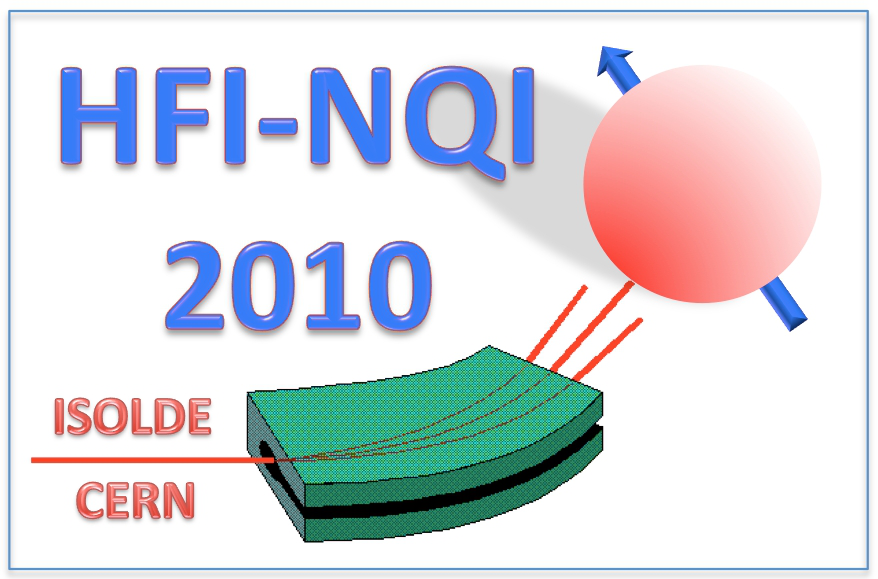Speaker
Dr
Agnieszka Kulinska
(IFJ PAN)
Description
Perturbed angular correlation (PAC) method was applied to study the electric field gradients in nanopowders of the HfAl2, HfAl3 and Hf2Al3 intermetallic compounds, obtained via mechanical alloying or after ball milling of the thermally alloyed compound. The influence of the ball milling procedure on the experimentally obtained hyperfine interaction parameters was determined. A strong dependence of the PAC pattern on the milling time was evidenced and attributed to the structural disorder. The thickness of the outer damaged part of the grains depends on the crystallographic structure of the milled material. In HfAl3 sample, we observed the influence of the milling procedure on the phase transformation. The mechanical alloying process causes serious and stable damage in the powder particle of HfAl2 sample, these defects cannot be removed by annealing up to 900 C. In the Hf2Al3 sample after 60 minutes of milling and subsequent annealing at 700 C, the decomposition of Hf2Al3 into two phases HfAl and HfAl2 was observed. The quadrupole frequency distribution increased with decreasing grain size (see Fig. 1.).
| Are you a student, a delegate from developing countries or a participant with physical needs and would like to apply for a sponsored accomodation. Please answer with yes or no. | no |
|---|---|
| Please specify whether you would prefer an oral or poster contribution. | poster |
Author
Dr
Agnieszka Kulinska
(IFJ PAN)
Co-author
Prof.
Pawel Wodniecki
(IFJ PAN)
